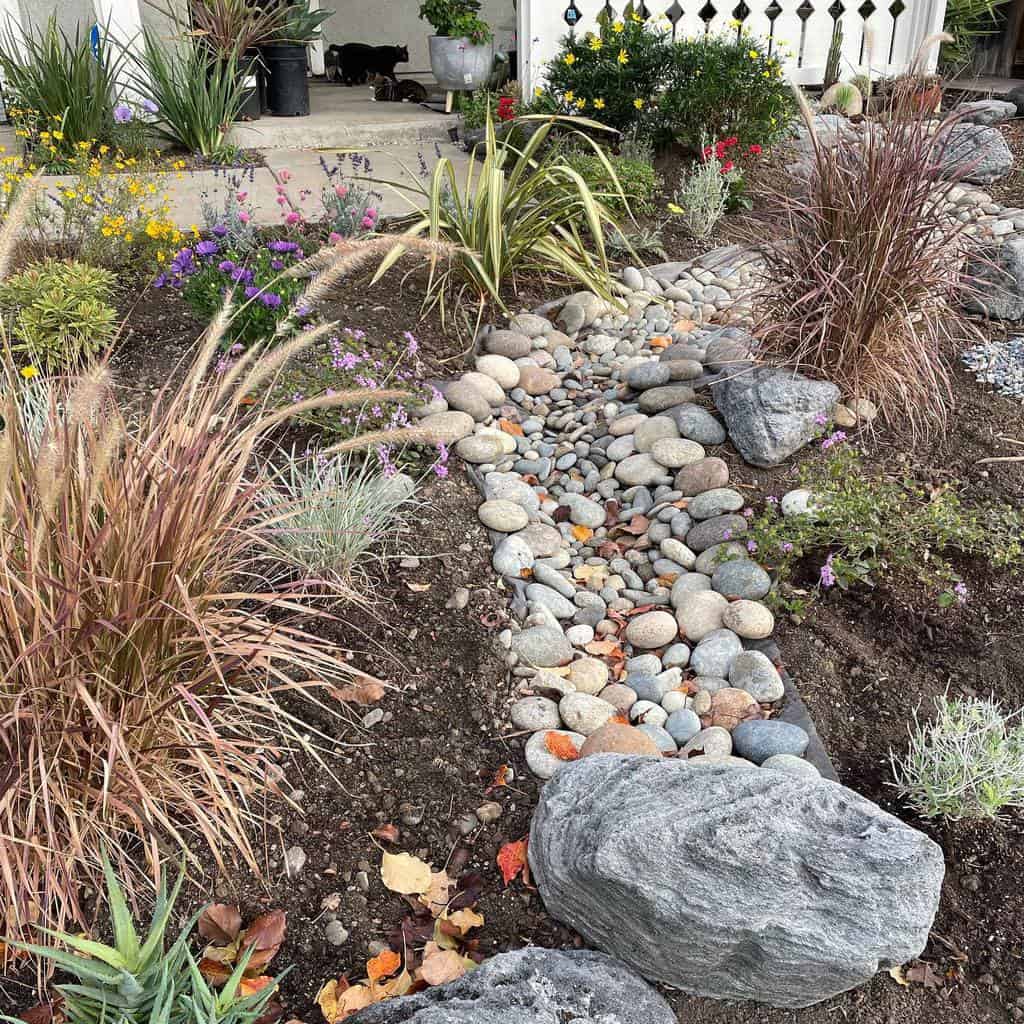How to Save Water with Drought-Resistant Gardens

In an era where water scarcity is an increasingly pressing issue, creating a drought-resistant garden is not just a trend—it's a necessity. Imagine transforming your outdoor space into a lush oasis that thrives with minimal water. This isn't a fantasy; it's a reality that you can achieve with the right techniques. In this comprehensive guide, we'll explore water-saving techniques for drought-resistant gardens, from selecting water-efficient plants to implementing xeriscaping and effective irrigation systems. Let's dive in and discover how you can create a beautiful, sustainable garden that conserves our most precious resource.
Understanding Drought-Resistant Gardening
Drought-resistant gardening, also known as xeriscaping, is a landscaping method that focuses on conserving water. It involves selecting plants that require less water and designing your garden to minimize water waste. This approach not only helps the environment but also saves you time and money.
The Benefits of Xeriscaping
Xeriscaping offers numerous benefits:
- Water Conservation: By choosing drought-tolerant plants and efficient irrigation systems, you can significantly reduce your water usage.
- Cost Savings: Lower water bills and reduced maintenance costs make xeriscaping a financially savvy choice.
- Environmental Impact: Conserving water helps preserve natural resources and supports local ecosystems.
Selecting Water-Efficient Plants
The heart of any drought-resistant garden is its plants. Choosing the right water-efficient plants is crucial. Here are some tips to guide you:
Native Plants
Native plants are adapted to your local climate and require less water. They also support local wildlife and contribute to a healthier ecosystem. Examples include:
- Succulents: These plants store water in their leaves and stems, making them highly drought-tolerant.
- Grasses: Ornamental grasses like fescue and buffalo grass require minimal water.
- Flowers: Drought-tolerant flowers like lavender, yarrow, and coneflower add color and beauty to your garden.
Drought-Tolerant Trees and Shrubs
Trees and shrubs can provide shade and structure to your garden. Opt for species like:
- Crepe Myrtle: This tree is known for its vibrant flowers and drought tolerance.
- Juniper: A versatile shrub that thrives in dry conditions.
Designing a Drought-Resistant Landscape
Creating a drought-resistant landscape involves more than just plant selection. It's about designing a space that maximizes water efficiency.
Grouping Plants by Water Needs
Group plants with similar water needs together. This practice, known as hydrozoning, ensures that each plant gets the right amount of water without waste.
Using Mulch
Mulching is a simple yet effective way to conserve water. A layer of organic mulch helps retain soil moisture, suppresses weeds, and regulates soil temperature.
Efficient Irrigation Systems
Choosing the right irrigation system can make a significant difference in water conservation.
Drip Irrigation
Drip irrigation systems deliver water directly to the roots of plants, minimizing evaporation and runoff. They are highly efficient and can be easily customized to meet the needs of different plants.
Rainwater Harvesting
Collecting rainwater in barrels or cisterns is an eco-friendly way to supplement your garden's water supply. This water can be used for irrigation, reducing your reliance on municipal water.
Maintaining Your Drought-Resistant Garden
Once your garden is established, maintaining it is key to its success.
Regular Inspections
Regularly inspect your garden for signs of stress or disease. Early detection can prevent problems from escalating and help you make adjustments to your watering schedule.
Pruning and Weeding
Pruning helps maintain the health and shape of your plants, while weeding prevents water-hogging weeds from competing with your plants for resources.
Soil Health
Healthy soil is essential for water retention. Adding compost and other organic matter improves soil structure and helps retain moisture.
Conclusion
Creating a drought-resistant garden is a rewarding journey that benefits both you and the environment. By selecting water-efficient plants, implementing xeriscaping techniques, and using efficient irrigation systems, you can transform your outdoor space into a sustainable oasis. Embrace the challenge and enjoy the beauty of a garden that thrives with minimal water.
FAQs
What are the best drought-tolerant plants for a beginner?
- Some great options for beginners include succulents like aloe vera, sedum, and echeveria. These plants are easy to care for and require minimal water.
How often should I water my drought-resistant garden?
- The frequency depends on your climate and the specific plants in your garden. Generally, drought-tolerant plants need watering once or twice a week during the growing season.
Can I still have a lawn in a drought-resistant garden?
- Yes, but consider using drought-tolerant grasses like buffalo grass or fescue. Alternatively, you can reduce the size of your lawn and replace it with ground covers or other drought-tolerant plants.
What is the best time of day to water my garden?
- Early morning is the best time to water your garden. This allows the water to soak into the soil before the heat of the day causes evaporation.
How can I tell if my plants are getting enough water?
- Look for signs of wilting, yellowing leaves, or slow growth. Conversely, overwatering can cause root rot and fungal diseases. Regularly check the soil moisture to ensure it's neither too dry nor too wet.


By following these guidelines, you can create a beautiful, water-efficient garden that not only saves water but also enhances the natural beauty of your outdoor space. Happy gardening!
0 Response to "How to Save Water with Drought-Resistant Gardens"
Post a Comment